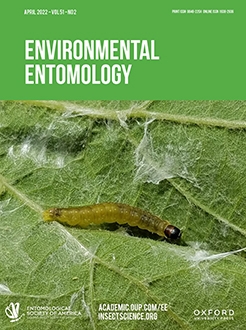CHEMICAL ECOLOGY (1)
PEST MANAGEMENT (4)
Articles (1)

No abstract available


